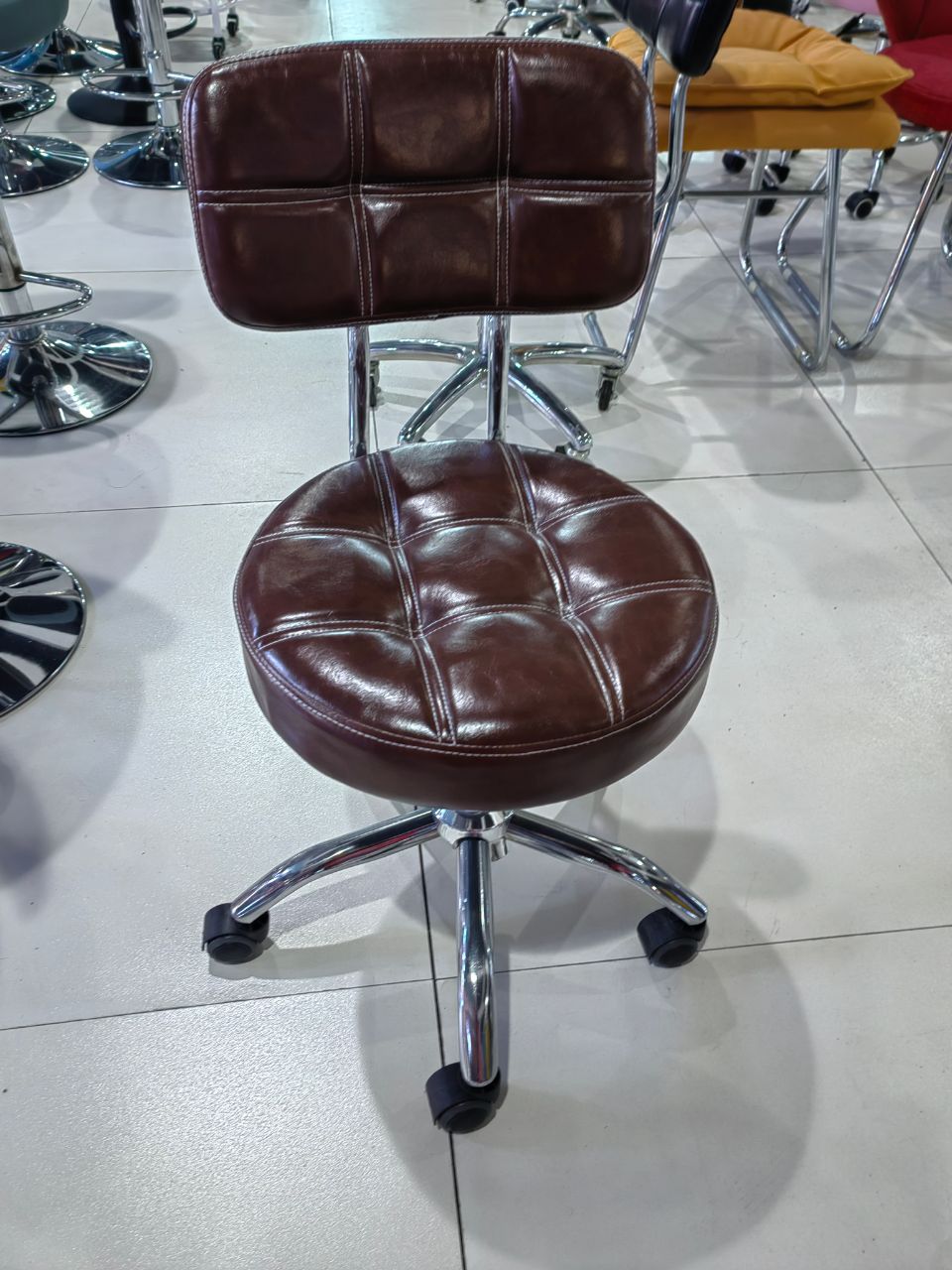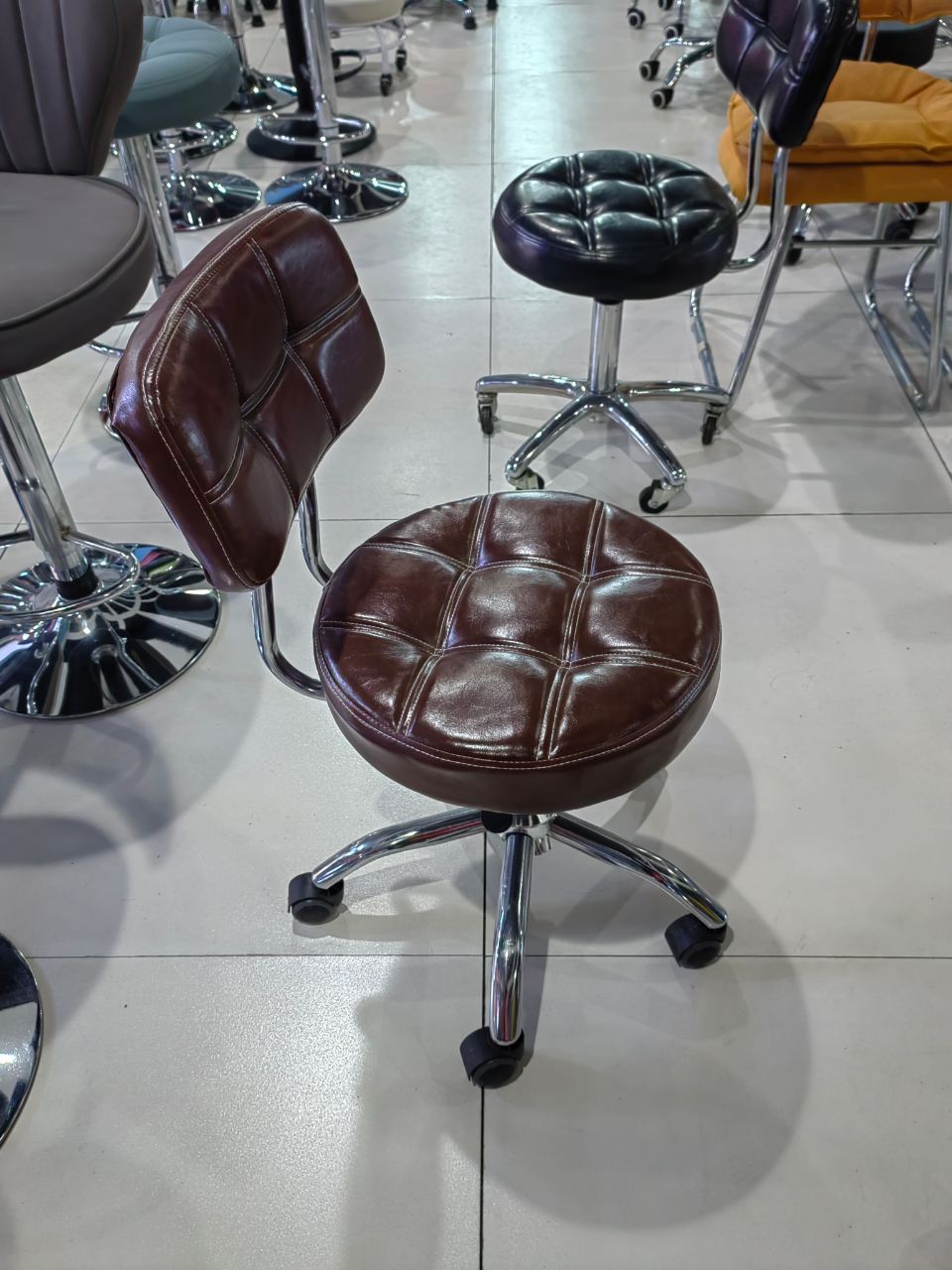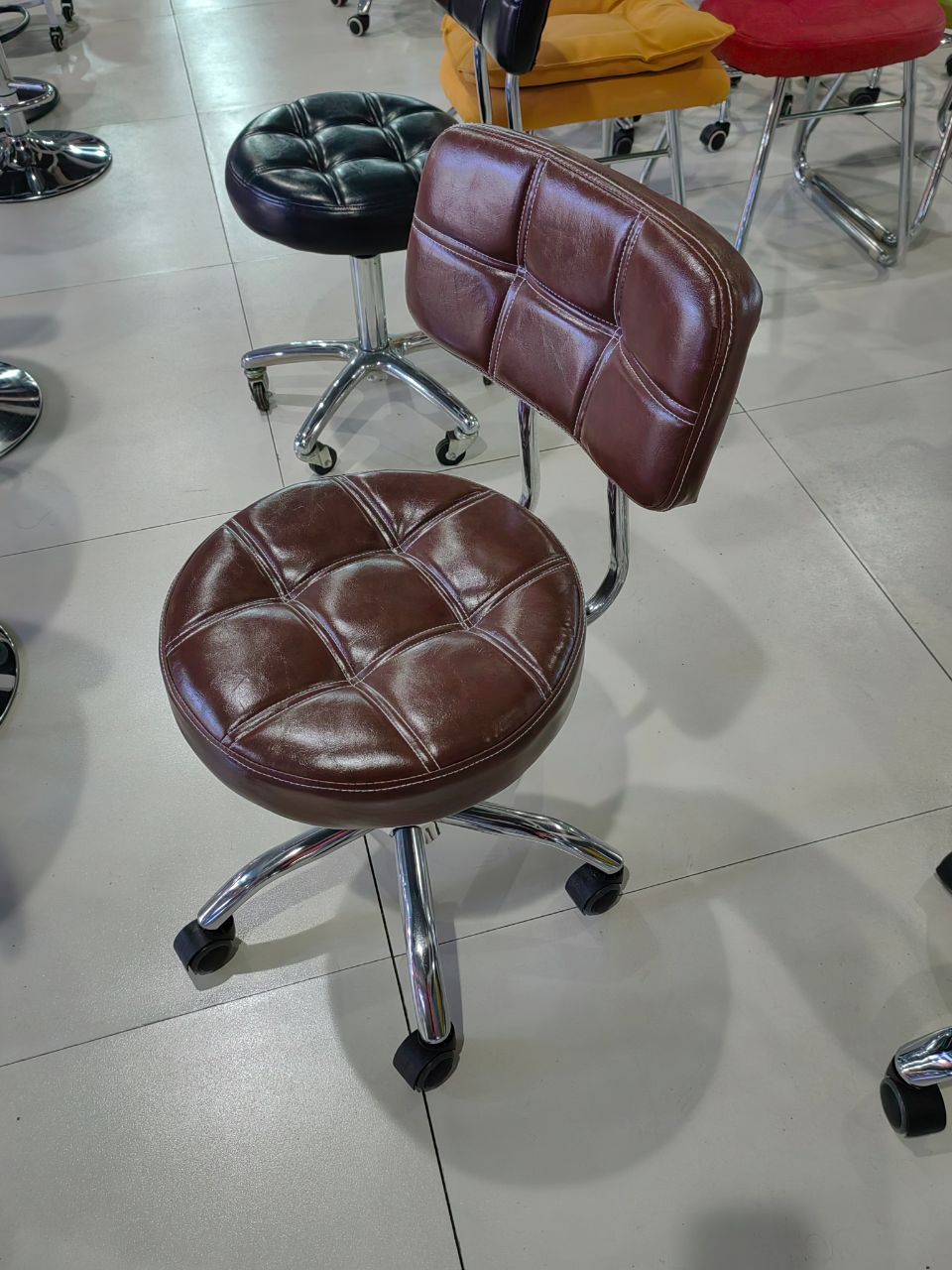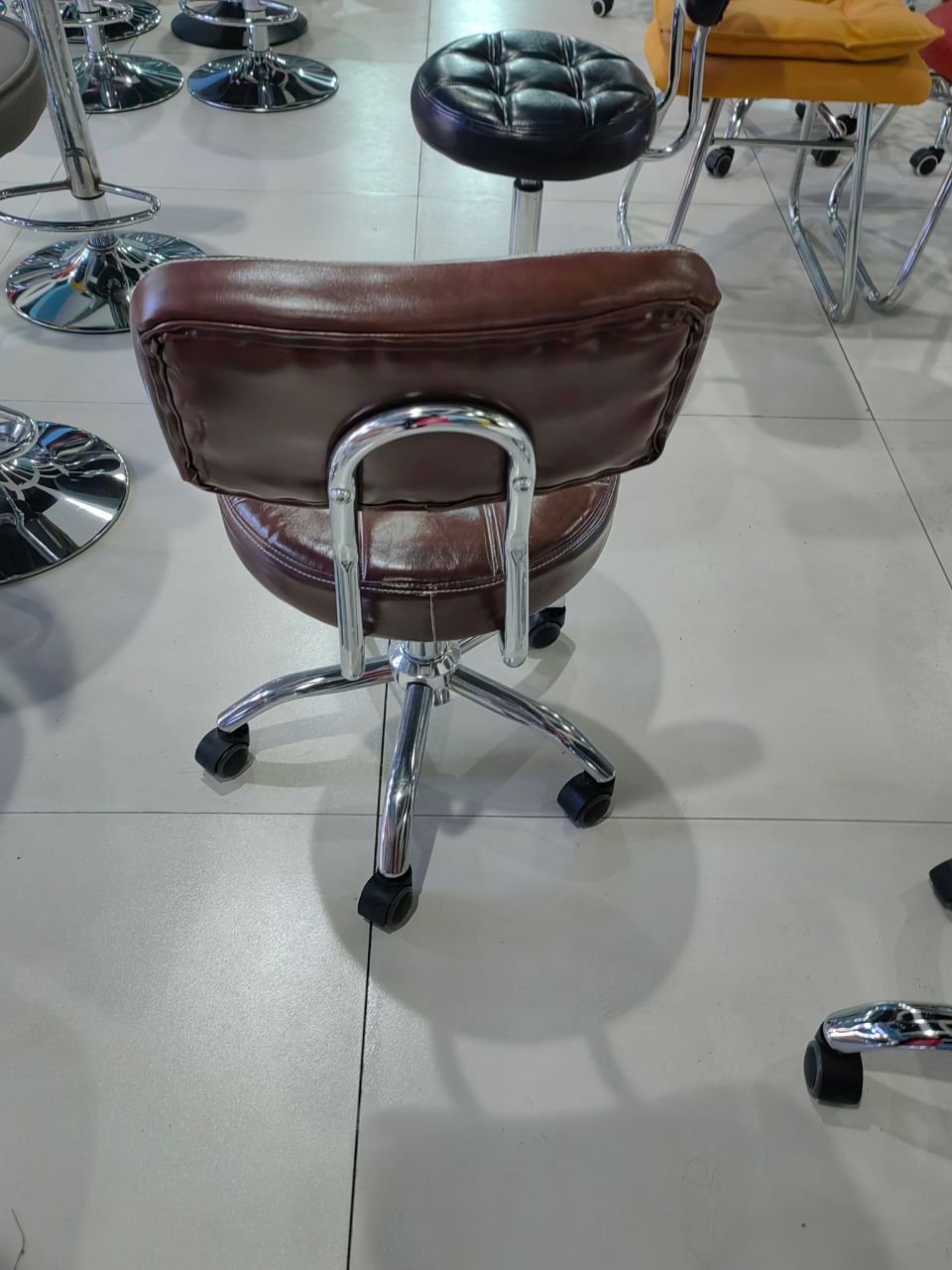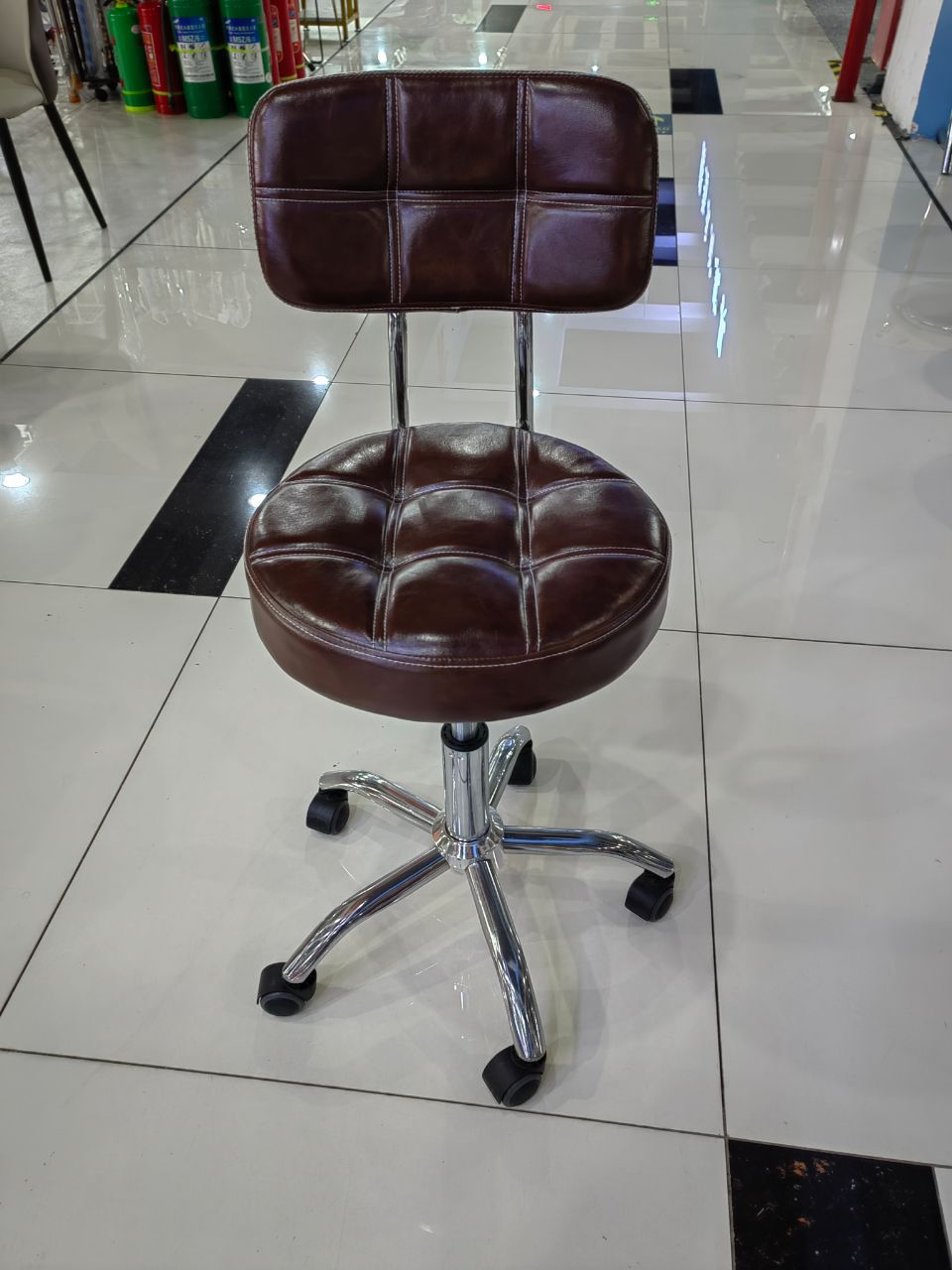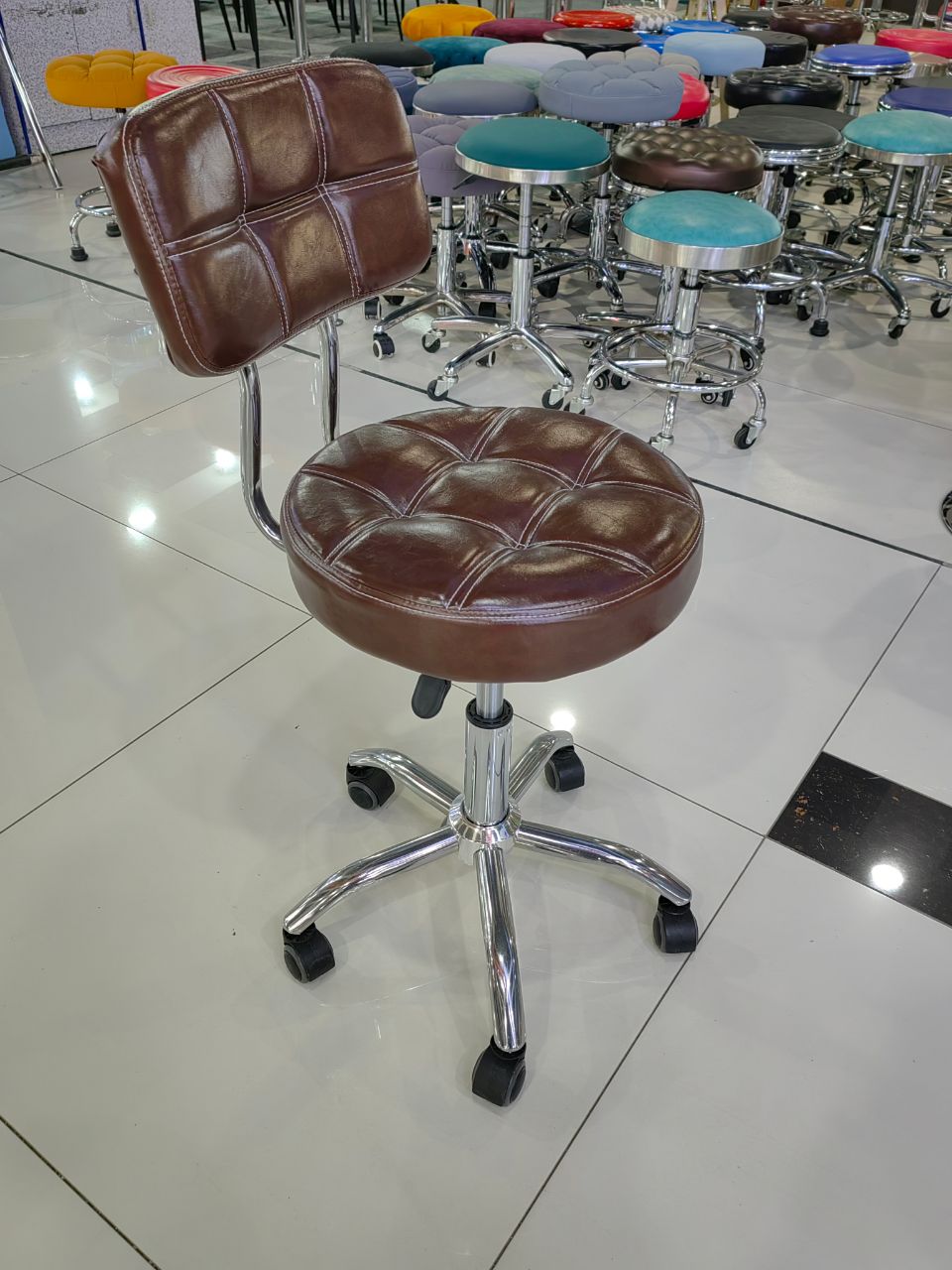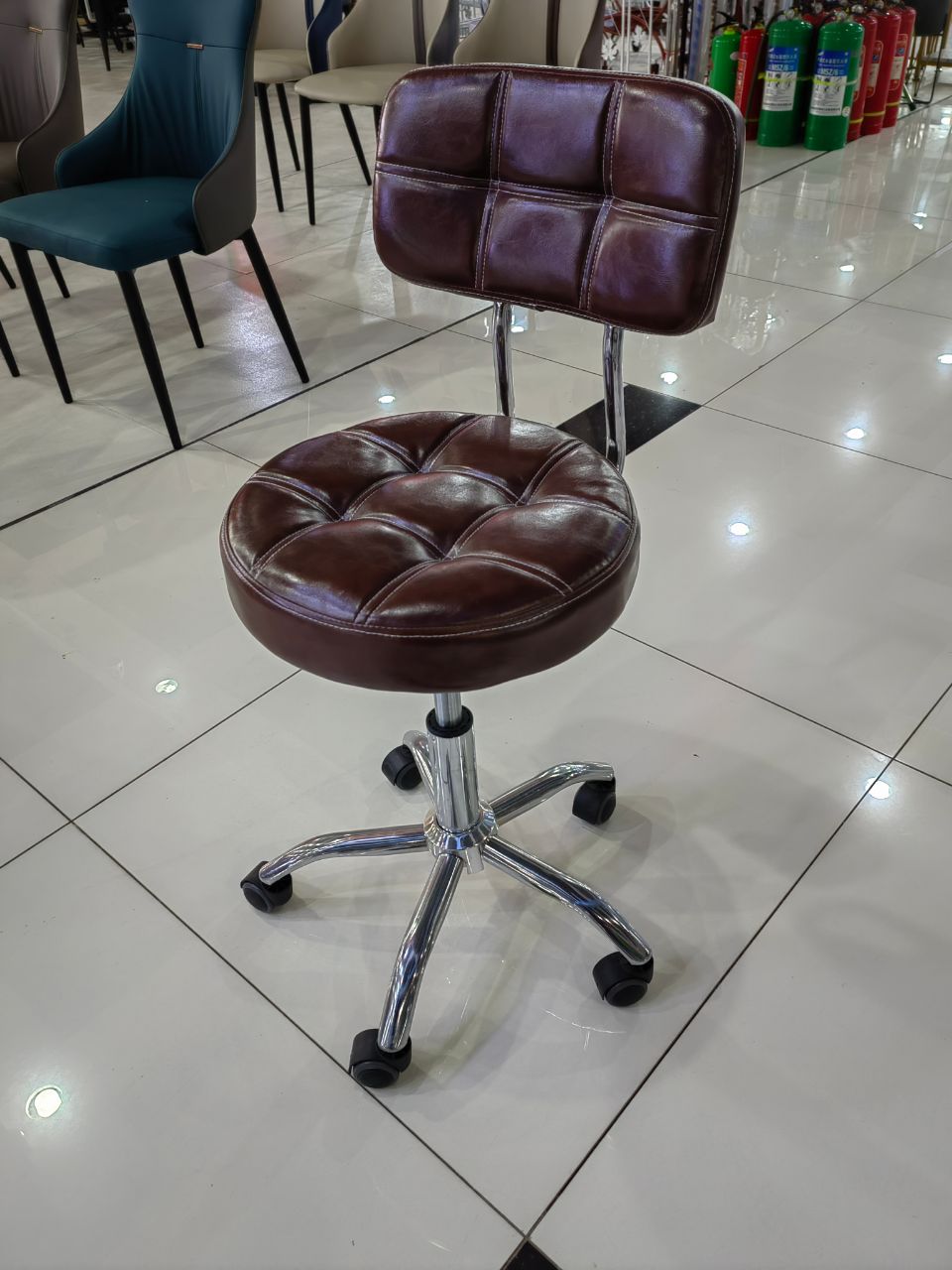What are the dangers of sitting for too long?
Sitting posture is closely related to health, and it has been widely studied by many medical experts and ergonomic design experts in recent years. In modern society, people need to sit a lot of time a day, such as sitting to eat, riding in a car, sitting watching TV, sitting while working and studying, etc. Studies have shown that long-term sitting is one of the important causes of musculoskeletal diseases, but compared with the risk of heavy labor activities such as handling, the harm of long-term sitting has not been fully understood.
Sitting for a long time can cause many health problems, such as low back pain, cardiovascular disease, etc. Taking 3 months as an example, an average of 1 in 4 American adults will have symptoms of low back pain at least once. Sitting for a long time, especially with poor posture, can increase the risk of diseases such as low back pain, arthritis, blood clots, lumbar disc herniation, spinal deformation, cervical spine, lack of oxygen, prostate problems and rectal cancer. Although the specific link between sedentary life and musculoskeletal disorders is not fully understood by the medical community, many studies have demonstrated that sedentary and body mass index (MRI), cancer, cardiovascular disease, diabetes and death Other surveys have also found a relationship between sedentary and diabetes mortality.
After 14 years of investigation and research on the healthy living conditions of 120,000 people, the American Association for Cancer Research believes that sitting for more than 6 hours a day may increase the risk of death. The traditional Chinese medicine book “Huangdi Neijing” also mentions that “long-term sitting hurts the flesh” (sitting on the ground in ancient times, there were no chairs) will cause muscle relaxation, poor blood vessels, listlessness, insufficient blood supply to the brain, and reduced heart function.
Generally, people’s sitting postures are not correct, such as leaning against the table, hunched over, crossed legs and so on. These postures all have some things in common, the lumbar lordosis becomes kyphotic, the pressure on the intervertebral discs is uneven, the ligaments, shoulder muscles and joints are tense, the hips are under uncomfortable pressure, and the angle between the torso and thighs is equal to Or less than 90 degrees, the angle of the knee joint is in a tense state less than 90 degrees, these postures concentrate almost all the weight of the upper body on the 4th and 5th lumbar spine.
Sitting in an ordinary chair with the thighs and torso at almost right angles causes the pelvis to tilt backward, whereas standing up tilts the pelvis forward. A 30-degree backward pelvic tilt almost bends the base of the sacrum to a level parallel to the ground, causing an involuntary hunched posture. If the desktop design is unscientific, such as using a table designed with a horizontal plane parallel to the ground, then desk work will often aggravate the degree of hunched over. Especially for people who sit for a long time, the frequency of the heart beats and the blood circulation slows down. Blood circulation is an important part of transporting the oxygen and nutrients needed by the human body. Sufficient oxygen supply to the body is the prerequisite for normal physiological functions and metabolism. In addition to blood circulation, the lymphatic system is another important system. It participates in the immune function of the body and is an important defense device of the body. The interstitial fluid content of the lymphatic system is three times that of blood, and because the lymphatic system does not have an organ similar to the heart, it mainly relies on muscle activity to promote the circulation of interstitial fluid in the lymphatic vessels. The main function of lymph is to excrete harmful substances to the body through the penetration and circulation of tissue fluid. For example, after a long flight or train ride, the legs often swell because the body is relatively static and the posture is not correct when sitting for a long time, resulting in Lymphatic obstruction, accumulation of interstitial fluid in the lower extremities, causing edema. If it is a better office chair and computer chair, the calculated ergonomic chair angle can significantly improve the sitting posture.
The lazy posture of bending over and hunchback will also reduce the space in the chest and abdomen, affecting the function of the respiratory and digestive system; in addition, it will cause the balance of the body to be broken, and working with the head down for a long time will cause uneven force on the cervical spine and oppression Stretch the neck muscles. If the golf club is the human neck and the golf ball is the human head, then the muscles and ligaments around the neck must try to pull the head to keep it from rolling off. Maintaining such a posture for a long time will cause excessive force on parts of the body, muscle tension and pain; if such a posture is maintained for a long time, the body will not be able to return to its natural posture, especially for children in the physical development period. Learning life is also very important.
“Sitting like a bell” is a standard sitting posture in the eyes of many people, but from a scientific point of view, there is actually no basis for such a sitting posture. For example, when transitioning from standing to sitting, the hips are at 60 degrees, the pelvis is tilted backward, the lumbar curvature disappears, and the back is bent 30 degrees while the back muscles are tensed. When working at the desk, the body needs to be tilted another 40-50 degrees. The bending mainly occurs on the 4th and 5th lumbar vertebrae, so the backrest is hardly used when working at the desk.
In addition, the underside of the thighs and the bottom of the pelvis are compressed when the body is in a sitting position. Men can feel the effect of these pressures on the crotch by leaning forward while sitting. At present, although there are few direct studies on the relationship between hip sitting pressure and health, there are also indirect studies on the relationship between cycling and male sexual dysfunction. These studies may bring some inspiration to the impact of hip sitting pressure on health .
Ergonomic sitting posture, also known as the most ideal sitting posture, is one of the important goals of seat design. Without good support or balance, it is difficult to keep the body upright for long periods of time while sitting. A joint study by Canadian and Scottish experts concluded that the healthiest sitting posture is to maintain a posture of 135 degrees between the trunk and thighs [15], which can reduce the pressure on the intervertebral disc, and the surrounding muscles and ligaments can also be relatively more relaxed. When the human body is standing, the average pressure on the intervertebral disc is 100psi (100 pounds per square inch), while the pressure on sitting is 150psi, and it is as high as 185psi when bending over[16], although the sitting posture of 135 degrees has the least pressure on the intervertebral disc , but some people also questioned that the sitting posture similar to lying down will also cause excessive stretching of the neck due to the absence of a matching table, which is not good for the cervical spine and neck muscles. Therefore, if a seat with a sitting posture of 135 degrees is to be implemented, the subsequent supporting furniture industry must also make considerable improvements.
A 1953 experiment with X-ray scanning of the human body (J. J. Keegan), measured the transition from standing to hunched over sitting, and found that the most pronounced part of the body deformed was the spine. The natural shape of the spine when a person is lying on his side is almost the same as that of Zama step half squat, the lumbar curve remains lordotic, the muscles are relaxed, and the body can maintain balance. If the sitting posture can be kept the same as the half-squat zama step, it is more suitable for the physiological structure of the spine and can better bear the weight of the body. The seat designed to lean forward can promote the body to maintain a natural posture, the spine can be naturally upright and balanced, the surrounding muscle groups can be effectively relaxed, and the angle between the joints can also be relaxed. This posture can also ensure the mobility of the body and relieve the pressure on the lungs and abdomen caused by the hunched over. When riding a horse, the knight’s body can keep upright naturally, because the waist is naturally protruded, the legs are tilted downward, and the supporting muscles maintain balance. This balanced posture can not only promote people’s work efficiency, but also effectively maintain their health.
One of the solutions to maintain the above-mentioned healthy sitting posture is to choose a saddle chair. A scientifically designed saddle chair can help people maintain a healthy sitting posture, so that the angle between the trunk and the thigh is 135 degrees. One of the misconceptions is that a saddle chair has no arms or a backrest. In fact, if the person’s body can be balanced while sitting, it does not need other support to maintain balance as it does when standing. In addition, in order to avoid the impact of unhealthy sitting pressure on reproductive health, choosing a two-piece saddle chair will be healthier than ordinary saddle chairs. For some people who need to ride bicycles for a long time, the two-piece split bicycle seat cushion is also a wise choice.
In addition to maintaining a healthy posture, mobility is also one of the requirements that should be considered in the design of an ergonomic chair, such as stretching, switching between getting up and sitting down, and sliding should be easy.
Poor sitting posture can cause many health problems, so there is a trend of “standing work”. Many people think that standing work is healthier than sitting work. Some people even design a treadmill desk, which leads to “running work”. Way. Not to mention that sitting and working can better concentrate attention, reduce energy consumption, and reduce the pressure on the lower limbs. In fact, there are many health hazards of standing for a long time. Long-term standing work can also cause musculoskeletal system diseases, including low back pain and other symptoms. A series of common musculoskeletal diseases have been confirmed. Workers in different industries have been standing for more than 4 hours a day for a long time; and workers who need to stand for a long time have a higher risk of developing problems such as chronic varicose veins than people who sit. big.
So what can we do?
One is that it is good for the body to stand up and walk around every half an hour in a sedentary job.
The second is to have a relatively comfortable stool, which can relieve the fatigue of sitting for a long time.
The effect of the soft-covered backrest and sitting surface below makes people who use this stool sit easily and comfortably. This design can relieve the fatigue of sedentary. Generally, it can be used in offices, schools, hospitals and other scenarios.
Different postures, the pressure and weight on the spine: sitting > standing > lying down. Sitting and standing for a long time are not good for your health, and can cause a series of occupational diseases. Although there is no conclusion internationally that a certain sitting posture is more beneficial than others. For people who have to sit for a long time every day, it is good for health to stand up and walk every 30 minutes, relax the leg muscles, wiggle the toes to improve circulation; if possible, find a support when sitting Items for the feet, such as small stools, are used to relax and decompress. It is also necessary to choose an ergonomically designed seat that suits you, correct bad sitting posture, and pay attention to diet and exercise. Properly supplement the vitamins needed by the body, cold-rolled cod liver oil and other health products, and eat more high-fiber foods (25g per day for women, 38g per day for men), vegetables, fruits and whole grains. Taking more stairs, taking fewer lifts, paying attention to physical exercise, and maintaining a good mood are of great benefit to sedentary working people. If the local parts feel unwell, you can also selectively use plaster acupoint application for treatment, which can effectively prevent the occurrence of occupational diseases.
Post time: Apr-06-2023


